Devices that autonomously regulate blood sugar levels are in the final stages before widespread availability.



In Brief:
Our life experiences may be passed on to our children and our children’s children — and now scientists report that they have discovered that this inheritance can be turned on or off.
Epigenetics is the study of inherited changes in gene expression…changes that are inherited, but they are not inherent to our DNA. For instance, life experiences, which aren’t directly coded in human DNA, can actually be passed on to children. Studies have shown that survivors of traumatic events may have effects in subsequent generations.
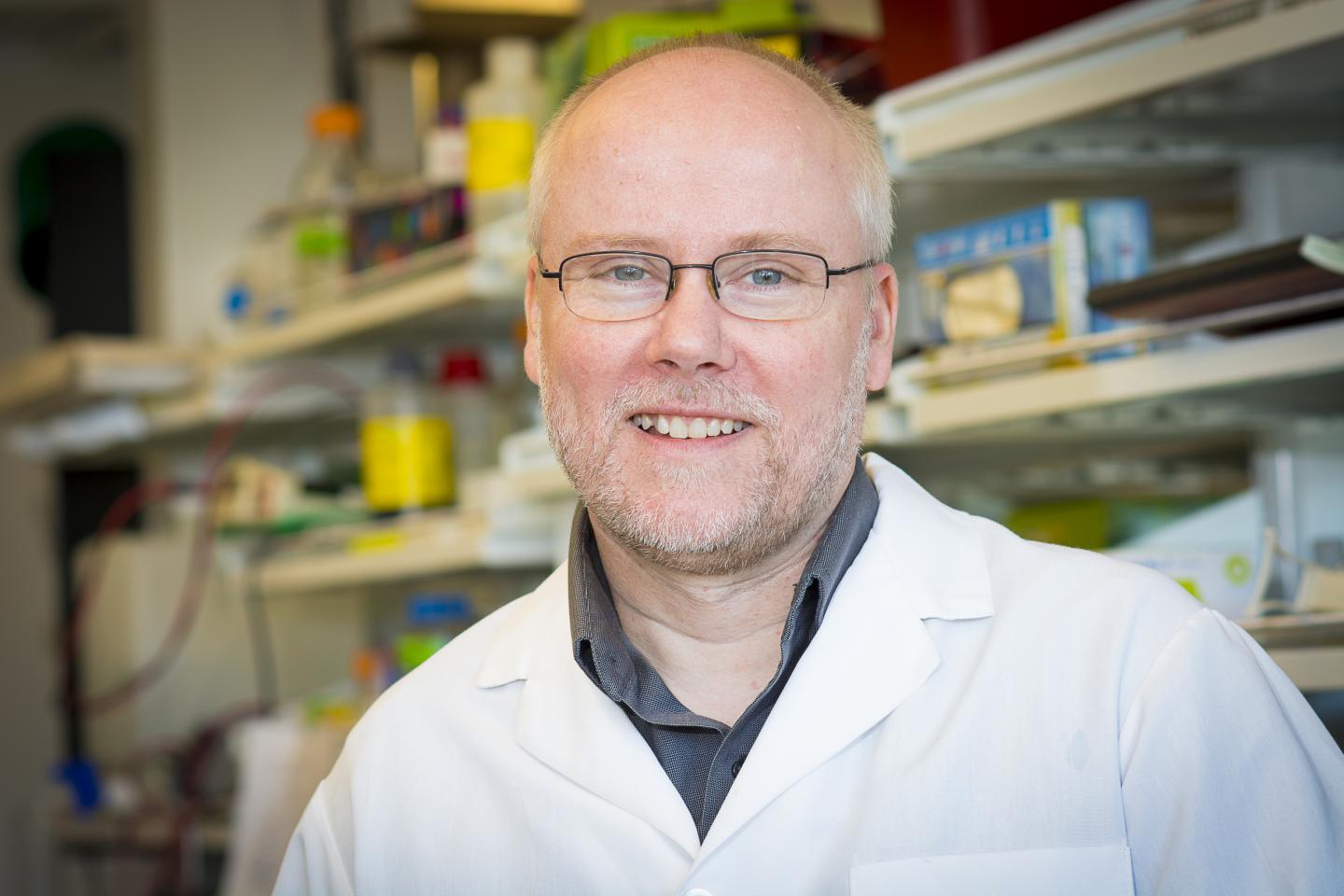
More progress with gene therapy safety.
A Washington State University researcher has developed a way to reduce the development of cancer cells that are an infrequent but dangerous byproduct of gene therapy.
Grant Trobridge, an associate professor of pharmaceutical sciences, has altered the way a virus carries a beneficial gene to its target cell. The modified viral vectors reduce the risk of cancer and can be used for many blood diseases.
Trobridge and his team report their development in Scientific Reports, an online open-access journal produced by the Nature Publishing Group. The team is translating their findings into a stem cell gene therapy to target a life-threatening immunodeficiency in newborns called SCID-X1, also known as “Boy in the Bubble Syndrome.”
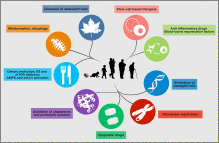
2013 saw the release of one of the most important papers in aging research and one that saw renewed interest and support for the concept of SENS.
Aging is characterized by a progressive loss of physiological integrity, leading to impaired function and increased vulnerability to death. This deterioration is the primary risk factor for major human pathologies, including cancer, diabetes, cardiovascular disorders, and neurodegenerative diseases. Aging research has experienced an unprecedented advance over recent years, particularly with the discovery that the rate of aging is controlled, at least to some extent, by genetic pathways and biochemical processes conserved in evolution. This Review enumerates nine tentative hallmarks that represent common denominators of aging in different organisms, with special emphasis on mammalian aging. These hallmarks are: genomic instability, telomere attrition, epigenetic alterations, loss of proteostasis, deregulated nutrient sensing, mitochondrial dysfunction, cellular senescence, stem cell exhaustion, and altered intercellular communication. A major challenge is to dissect the interconnectedness between the candidate hallmarks and their relative contributions to aging, with the final goal of identifying pharmaceutical targets to improve human health during aging, with minimal side effects.
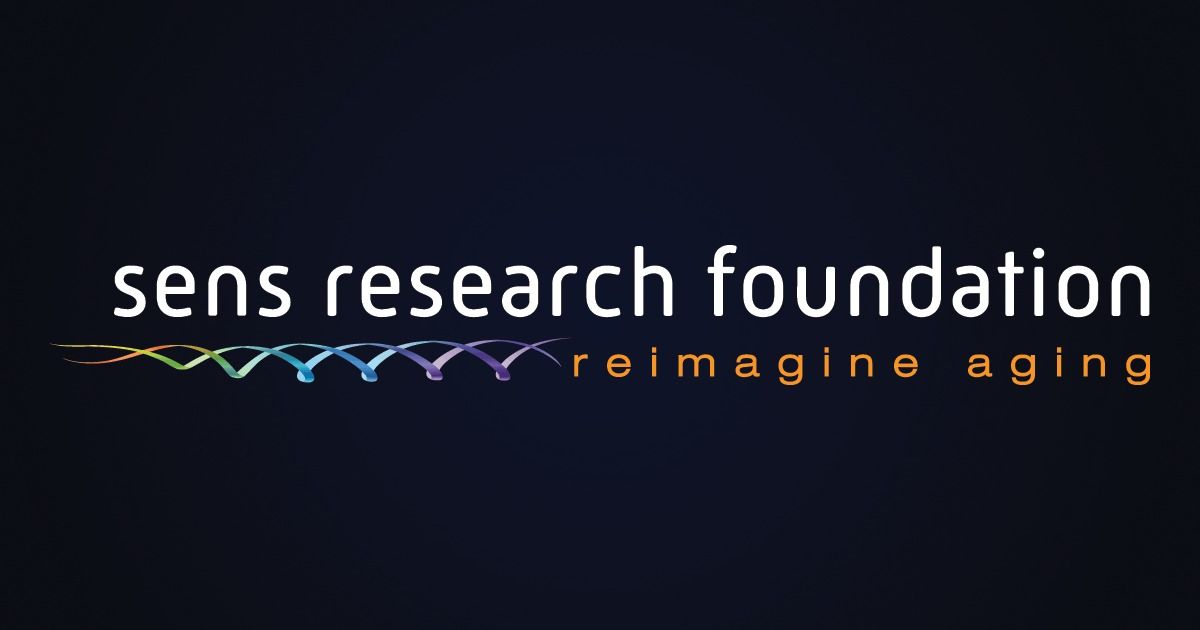
A woman living on a dialysis machine is grown a new kidney using her own cells. A father struggling with age-related vision loss has his eyesight restored. A soldier suffers extensive burns and has his skin regenerated.
This is a glimpse of the holy grail of regenerative medicine. The ultimate goal of the field is to develop therapies that restore normal function to diseased tissues and organs. Advances in 3D bioprinting, the process of fabricating functional human tissue outside the body in a layer-by-layer fashion, have pushed the envelope on what is considered possible in the field.
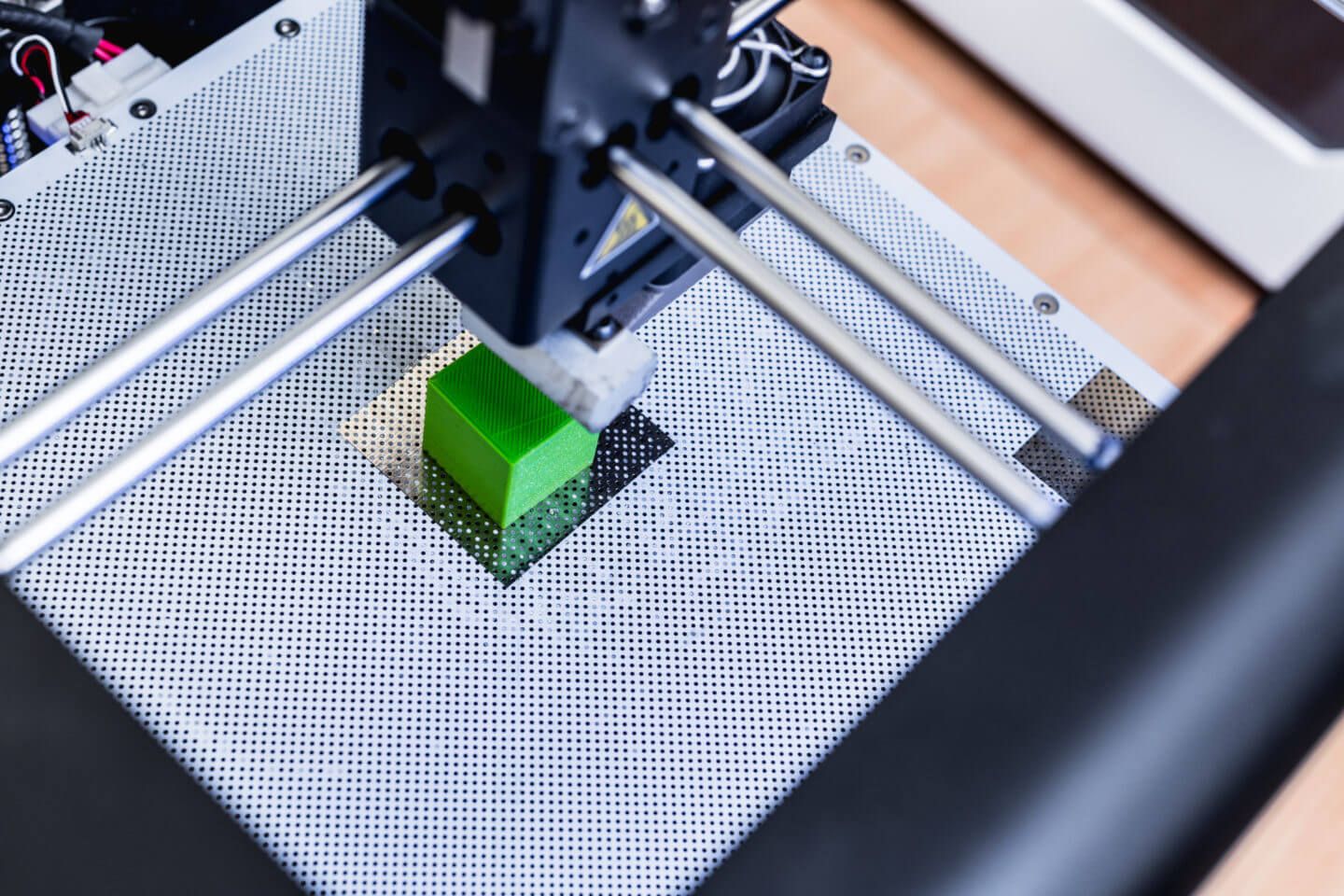

Dr. Watson will see you now…
IBM Watson is rapidly earning its place in medical diagnosis. It has recently proven its ability to accurately diagnose patients and far faster than conventional doctors could ever do. The world of diagnosis of medicine is going to change very rapidly in the next few years.
#crowdfundthecure #aging
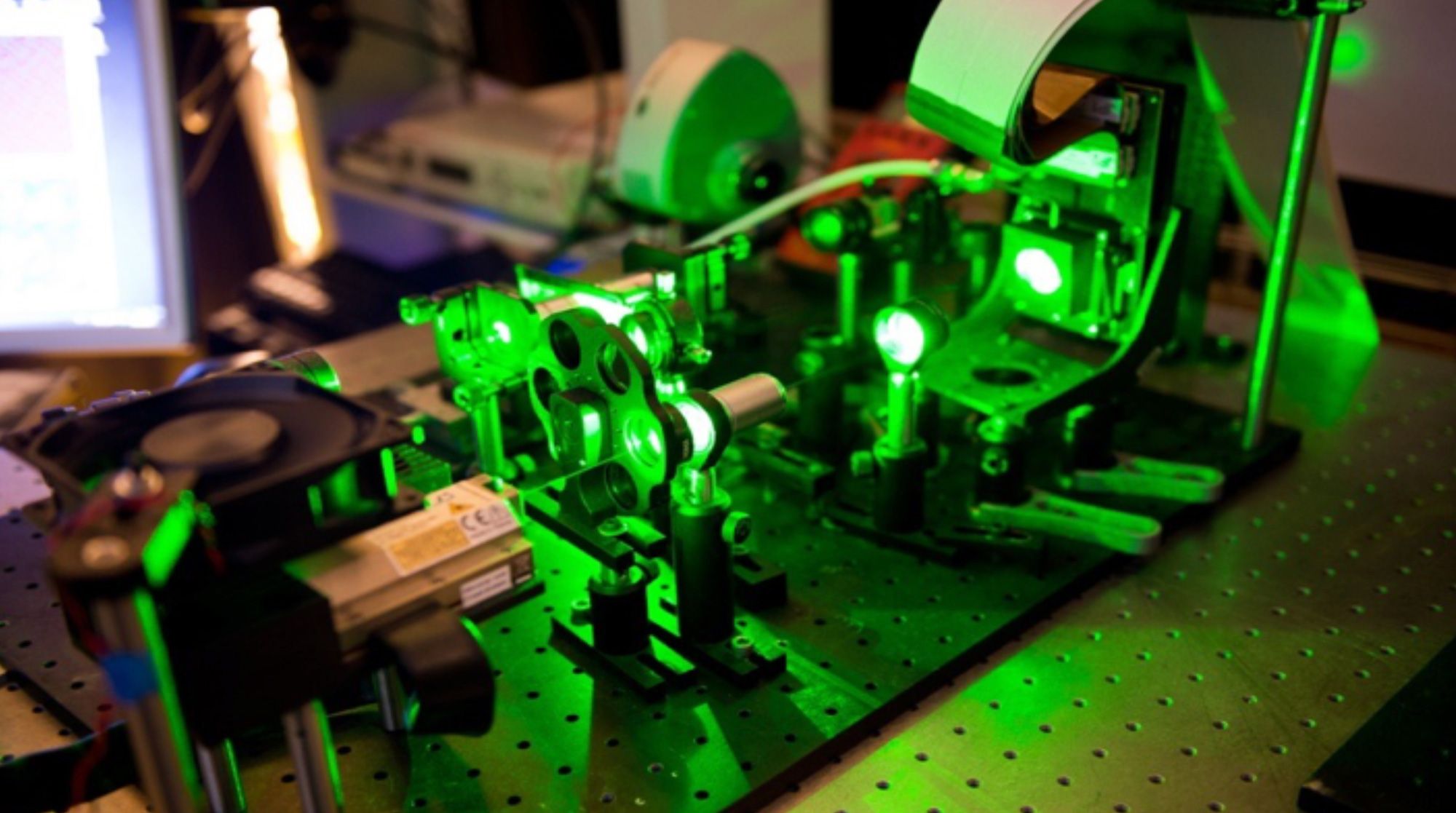
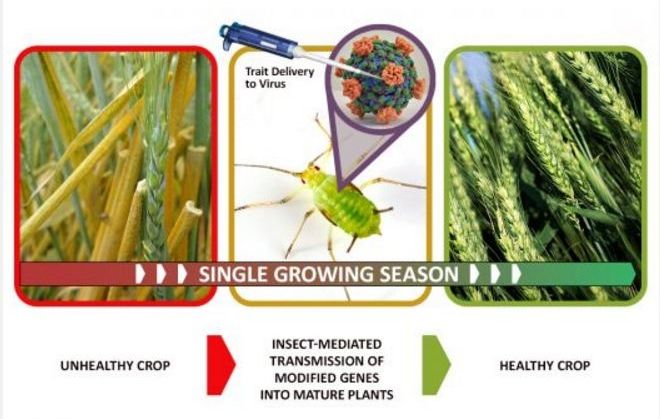
A new DARPA program is poised to provide an alternative to traditional agricultural threat response, using targeted gene therapy to protect mature plants within a single growing season.
DARPA proposes to use a natural and very efficient two-step delivery system to transfer modified genes to plants; insect vectors and the plant viruses they transmit.
In the process, DARPA aims to transform certain insect pests into “Insect Allies,” the name of the new program.
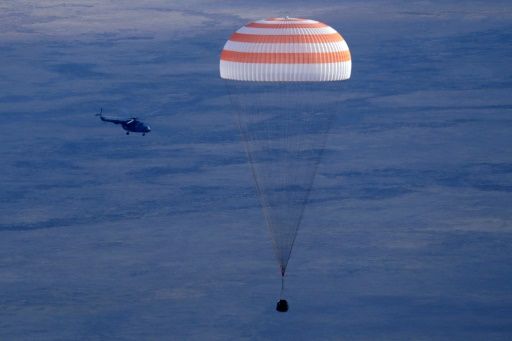
Three astronauts landed safely in Kazakhstan on Sunday following a 115-day mission aboard the International Space Station, including US astronaut Kate Rubins, the first person to sequence DNA in space.
Russian mission control confirmed the touchdown of NASA’s Rubins, Roscosmos’ Anatoly Ivanishin and Takuya Onishi of the Japan Aerospace Exploration Agency at 0358 GMT.
The trio landed southeast of the Kazakh steppe town of Zhezkazgan in clear but frosty conditions after a flight from the orbital lab.